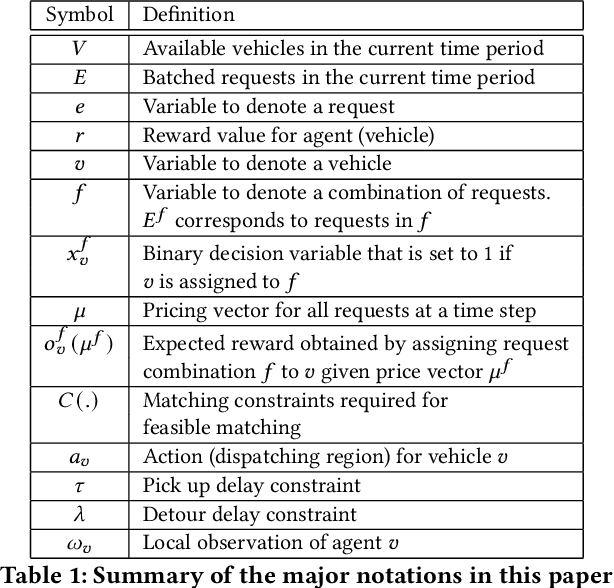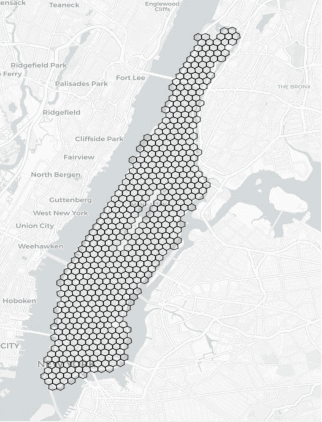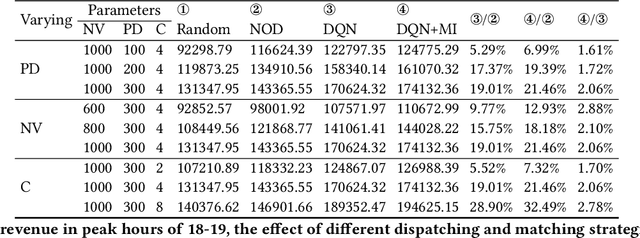Yifei Cao
Predicting Large Language Model Capabilities on Closed-Book QA Tasks Using Only Information Available Prior to Training
Feb 06, 2025Abstract:The GPT-4 technical report from OpenAI suggests that model performance on specific tasks can be predicted prior to training, though methodologies remain unspecified. This approach is crucial for optimizing resource allocation and ensuring data alignment with target tasks. To achieve this vision, we focus on predicting performance on Closed-book Question Answering (CBQA) tasks, which are closely tied to pre-training data and knowledge retention. We address three major challenges: 1) mastering the entire pre-training process, especially data construction; 2) evaluating a model's knowledge retention; and 3) predicting task-specific knowledge retention using only information available prior to training. To tackle these challenges, we pre-train three large language models (i.e., 1.6B, 7B, and 13B) using 560k dollars and 520k GPU hours. We analyze the pre-training data with knowledge triples and assess knowledge retention using established methods. Additionally, we introduce the SMI metric, an information-theoretic measure that quantifies the relationship between pre-training data, model size, and task-specific knowledge retention. Our experiments reveal a strong linear correlation ($\text{R}^2 > 0.84$) between the SMI metric and the model's accuracy on CBQA tasks across models of varying sizes (i.e., 1.1B, 1.6B, 7B, and 13B). The dataset, model, and code are available at https://github.com/yuhui1038/SMI.
TranStable: Towards Robust Pixel-level Online Video Stabilization by Jointing Transformer and CNN
Jan 25, 2025Abstract:Video stabilization often struggles with distortion and excessive cropping. This paper proposes a novel end-to-end framework, named TranStable, to address these challenges, comprising a genera tor and a discriminator. We establish TransformerUNet (TUNet) as the generator to utilize the Hierarchical Adaptive Fusion Module (HAFM), integrating Transformer and CNN to leverage both global and local features across multiple visual cues. By modeling frame-wise relationships, it generates robust pixel-level warping maps for stable geometric transformations. Furthermore, we design the Stability Discriminator Module (SDM), which provides pixel-wise supervision for authenticity and consistency in training period, ensuring more complete field-of-view while minimizing jitter artifacts and enhancing visual fidelity. Extensive experiments on NUS, DeepStab, and Selfie benchmarks demonstrate state-of-the-art performance.
Mutual Information as Intrinsic Reward of Reinforcement Learning Agents for On-demand Ride Pooling
Jan 07, 2024



Abstract:The emergence of on-demand ride pooling services allows each vehicle to serve multiple passengers at a time, thus increasing drivers' income and enabling passengers to travel at lower prices than taxi/car on-demand services (only one passenger can be assigned to a car at a time like UberX and Lyft). Although on-demand ride pooling services can bring so many benefits, ride pooling services need a well-defined matching strategy to maximize the benefits for all parties (passengers, drivers, aggregation companies and environment), in which the regional dispatching of vehicles has a significant impact on the matching and revenue. Existing algorithms often only consider revenue maximization, which makes it difficult for requests with unusual distribution to get a ride. How to increase revenue while ensuring a reasonable assignment of requests brings a challenge to ride pooling service companies (aggregation companies). In this paper, we propose a framework for vehicle dispatching for ride pooling tasks, which splits the city into discrete dispatching regions and uses the reinforcement learning (RL) algorithm to dispatch vehicles in these regions. We also consider the mutual information (MI) between vehicle and order distribution as the intrinsic reward of the RL algorithm to improve the correlation between their distributions, thus ensuring the possibility of getting a ride for unusually distributed requests. In experimental results on a real-world taxi dataset, we demonstrate that our framework can significantly increase revenue up to an average of 3\% over the existing best on-demand ride pooling method.
 Add to Chrome
Add to Chrome Add to Firefox
Add to Firefox Add to Edge
Add to Edge